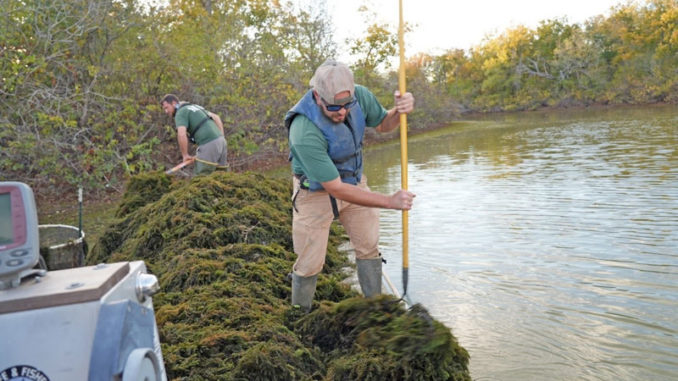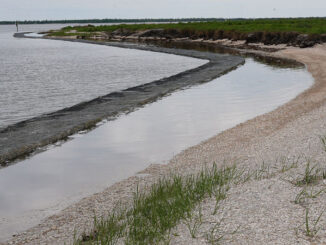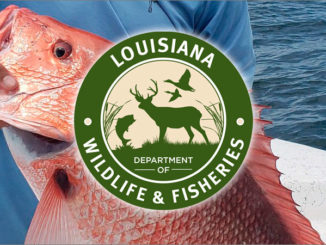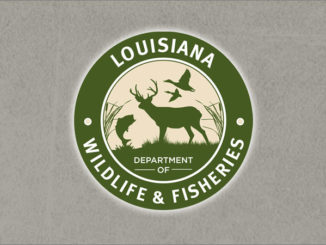
Biologists with the Louisiana Department of Wildlife and Fisheries (LDWF) are working to restore native aquatic vegetation to the Saline-Larto Lake Complex. The Saline-Larto Lake Complex is a large natural backwater complex located in east-central Louisiana. The Complex includes Larto Lake, Saline Lake, Shad Lake, and numerous interconnecting bayous and smaller lakes. The complex receives regular backwater flooding from Red River, Black River, and Little River. In any given year, the dominant source of flooding, as well as the extent and duration of flooding, can influence fisheries production and aquatic plant growth.
“Several high water events between 2008 and 2019 in the Saline-Larto complex created muddy and high-water conditions that reduced beneficial submerged aquatic vegetation (SAV) coverage in the complex from 30% in 2007 to nearly 0% in 2019,” explained Shelby Richard, Inland Fisheries Biologist Manager. “To further complicate the challenge with re-establishing SAV, our spring sampling efforts confirmed that grass carp were introduced to the system during one or more of the floods. The duration of the high water events in 2018 and 2019 resulted in higher-than-average levels of spawning success, creating large populations of young sportfish. The loss of beneficial SAV combined with too many fish competing for available food has resulted in an abundance of small crappie and bass that are slow to grow into the larger, preferred sizes that people like to catch.”
With this year’s extreme drought conditions, sampling in the complex revealed some areas of reduced turbidity (a measure of the suspended matter in the water) where SAV might get enough sunlight to grow. While some plants are starting to return naturally in a few low turbidity areas, biologists decided to try to speed up the process by transplanting coontail into the less turbid areas of the complex.
On the morning of Wednesday, Nov. 8, LDWF biologists harvested coontail vegetation from Lake Concordia using a special harvesting machine. The harvested vegetation was then brought to shore and transported to Youngblood Landing at Larto Lake. The vegetation was placed into lower turbidity locations in the areas of Fools Bayou and Buzzards Roost.
Richard stated “With a little luck from Mother Nature, the lower turbidity will persist and the coontail will start to grow and spread, which will increase food and cover for the fish populations. It also gives anglers structure to target while fishing.”
Kristi Butler, LDWF Biologist Director stressed that “This isn’t a project we would allow the general public to do on their own due to the risk of transferring potentially harmful nuisance species that could be found in some lakes. Our biologists are trained to take steps to ensure that no potentially harmful organisms are being transplanted with the desirable plants.”
LDWF biologists will continue to monitor water quality to see how changes in turbidity impact survival of the recently transplanted vegetation.
The Department thanks the Saline-Larto Complex community, who donated funds to the Louisiana Wildlife and Fisheries Foundation to help fund the harvesting machine used to complete this project.
For more information about the Saline-Larto Complex, please see the Larto-Saline Complex Management Plan.


